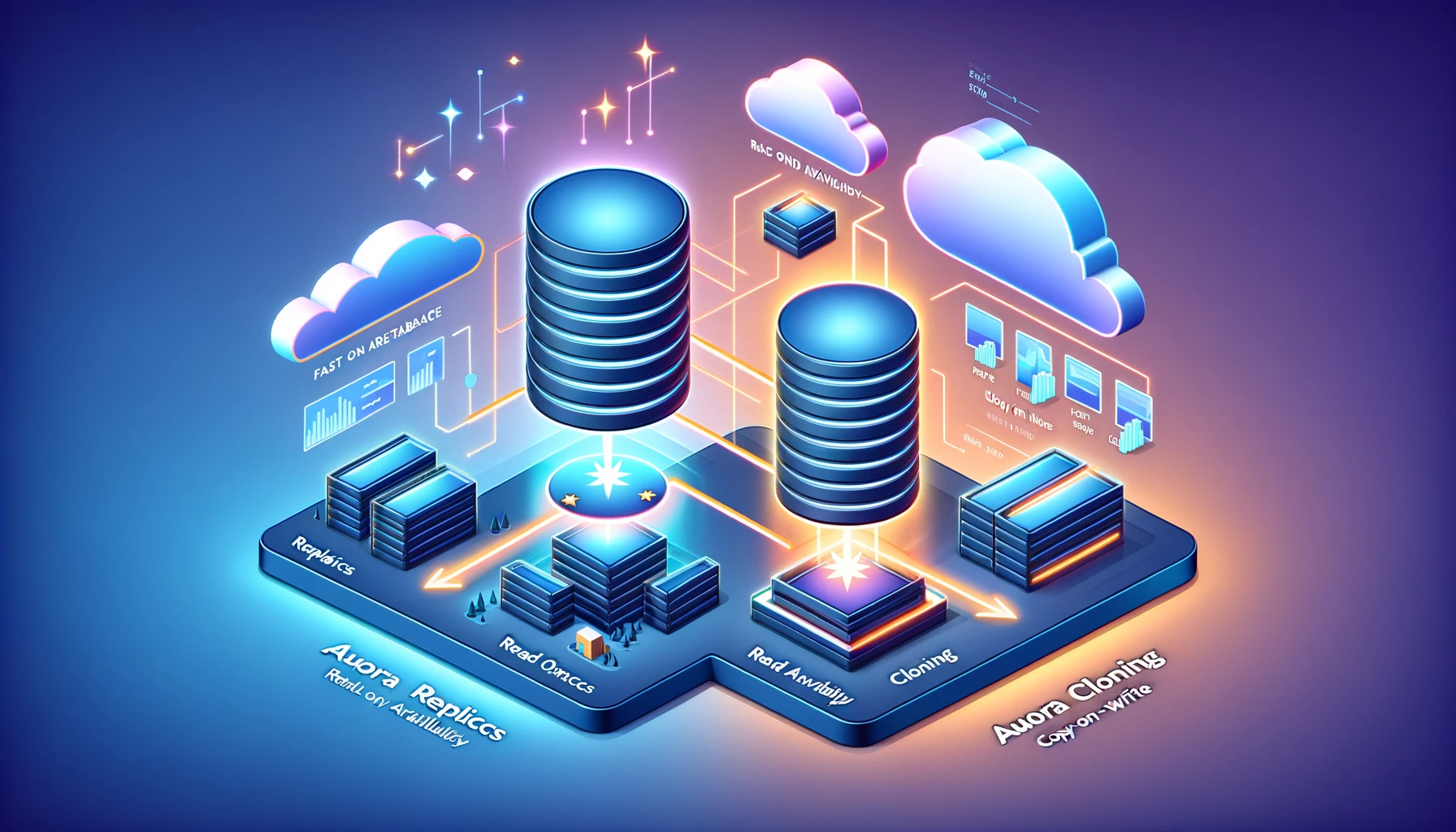Unlocking the Power of GIN Indexes in PostgreSQL

When it comes to database optimization, indexes are your best friend. They help speed up data retrieval operations, making your database queries lightning-fast. In this blog post, we'll delve into the world of GIN (Generalized Inverted Index) indexes in PostgreSQL and uncover how they can be a game-changer for your database performance, especially when dealing with full-text search and complex data types.
What is a GIN Index?
A GIN index is a type of inverted index that's specifically designed to handle cases where the value of a column is a composite data type, such as an array, JSONB, or full-text search vectors. It's called "generalized" because it can index a wide variety of data types, making it incredibly versatile.
When to Use a GIN Index?
GIN indexes shine in scenarios where you need to search inside composite data types. Here are some common use cases:
- Full-Text Search: If you're implementing a full-text search feature, GIN indexes can significantly speed up queries on tsvector columns, which store lexemes extracted from text.
- Array Elements: When you need to query an array column to check for the presence of certain elements, a GIN index can make these operations much faster.
- JSONB Data: For queries that involve searching within JSONB columns, such as checking if a JSONB object contains a specific key or value, GIN indexes are your go-to solution.
Creating a GIN Index
Creating a GIN index in PostgreSQL is straightforward. Here's a basic syntax:
For example, if you have a table articles with a tsvector column search_vector for full-text search, you can create a GIN index like this:
Performance Considerations
While GIN indexes can drastically improve query performance, they come with their own set of considerations:
- Index Size: GIN indexes can be larger than other index types, so ensure you have enough disk space.
- Maintenance Overhead: They can be slower to update than other indexes, so they're best suited for tables where reads are frequent, and writes are less common.
- Memory Usage: During index creation or rebuilding, GIN indexes may require more memory. Adjusting the
maintenance_work_memsetting in PostgreSQL can help manage this.
Advanced Features
PostgreSQL offers some advanced features for GIN indexes:
- Fast Update: By default, GIN indexes use a fast update mechanism that speeds up index updates at the cost of some increased index size. This behavior can be controlled with the
fastupdatestorage parameter. - Partial Indexes: You can create a GIN index that only indexes a subset of rows using a WHERE clause, which can save space and improve performance.
Conclusion
GIN indexes are a powerful tool in the PostgreSQL arsenal, especially when dealing with full-text search and complex data types. By understanding when and how to use them, you can unlock significant performance gains in your database. As with any indexing strategy, it's essential to monitor and fine-tune your indexes based on your application's specific needs and access patterns. Happy indexing!


